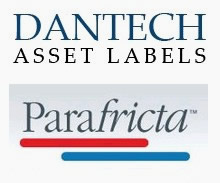Knowing the value of your longtail keywords
In competitive markets it can be expensive for businesses with lower advertising budgets to compete head to head on the major keywords.
But all markets have an extensive set of keywords to use, and longer phrases are often referred to as ‘long tail keywords’. There can be huge value in these. But some are more useful than others.
A quick look at the animal kingdom will help explain.

Mice have relatively long tails. But why? They are used primarily for balance. If you look at a mouse the tail is not very obvious – the same brown as the animal, designed to be non-conspicuous and help the mouse remain hidden. In terms of advertising, this tail is poor.
Lemurs also have long tails, and these are again used for balance. But they can be coloured or striped, and held up high to attract attention. They are designed for advertising, to attract attention, a mate and to warn enemies away. In terms of advertising, this tail is good.

Understanding that the long tail keywords relating to a product or service have different values helps produce better targeted advertising. The skill is in finding the lemur tails and not the mouse tails. And also in recognising that products, services and search markets are all different, so what works for one product (in terms of volume of long tail keywords) may not work for others.
In general, in our experience, SEO (natural search) will almost always benefit from targeting high numbers of long tail keywords. High can be very high - maybe well over 10,000 keyword phrases.
PPC has changed – over five years ago targeting over 100,000 keyword phrases was very profitable if you could manage this size account, but a change in the way low volume search keyphrases are handled by AdWords means most accounts are better dealing smaller numbers of long tail keywords. In this case it is more important than ever to choose the best long tail keywords (the lemurs and not the mice).
Published on 03/03/2013


























